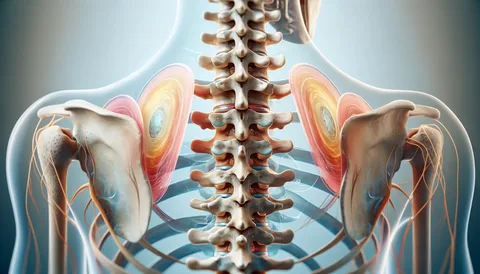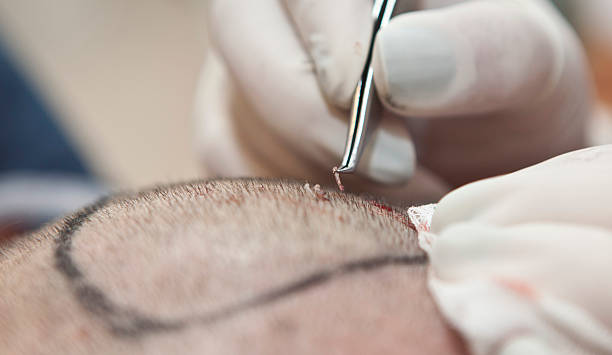Introduction
DJD ICD 10 code, commonly known as osteoarthritis, is one of the most widespread musculoskeletal disorders affecting millions worldwide. It is a chronic condition characterized by the gradual wearing down of joint cartilage, leading to stiffness, swelling, pain, and reduced mobility.
For healthcare providers, insurance companies, and medical coders, precise classification of DJD is critical for effective treatment planning, accurate billing, and reliable health statistics. The ICD-10 coding system provides standardized diagnostic codes that capture the type, location, and severity of DJD.
In this blog, we will explore the DJD ICD-10 codes, their categories, examples, importance, and common challenges faced by medical coders.
What is DJD (Degenerative Joint Disease)?
DJD ICD 10 code, or osteoarthritis, is a progressive condition that primarily affects weight-bearing joints. While it can occur in any joint, it is most commonly seen in:
-
Knees
-
Hips
-
Hands
-
Spine
Common symptoms include:
-
Persistent joint pain
-
Stiffness after rest or in the morning
-
Swelling and tenderness around joints
-
Decreased range of motion
-
Grinding or cracking sensation in the joint
-
Development of bone spurs
Understanding ICD-10 Coding
The International Classification of Diseases, 10th Revision (ICD-10) is a standardized coding system maintained by the World Health Organization (WHO). It assigns unique alphanumeric codes to medical conditions and diseases.
For DJD, ICD-10 coding ensures:
-
Consistency in medical documentation across hospitals and clinics
-
Accurate billing and insurance reimbursement
-
Reliable tracking of disease prevalence and outcomes
-
Research support for clinical studies and healthcare planning
DJD ICD-10 Code Categories
DJD is coded under M15–M19 within ICD-10, classified under the musculoskeletal system. These categories help specify the type and location of osteoarthritis.
1. M15 – Polyosteoarthritis (Multiple Joints)
Used when multiple joints are affected.
-
M15.0 – Primary generalized osteoarthritis
-
M15.4 – Erosive osteoarthritis
-
M15.9 – Polyosteoarthritis, unspecified
2. M16 – Osteoarthritis of Hip
-
M16.0 – Bilateral primary osteoarthritis of hip
-
M16.1 – Unilateral primary osteoarthritis of hip
-
M16.2 – Bilateral post-traumatic osteoarthritis of hip
-
M16.9 – Osteoarthritis of hip, unspecified
3. M17 – Osteoarthritis of Knee
-
M17.0 – Bilateral primary osteoarthritis of knee
-
M17.1 – Unilateral primary osteoarthritis of knee
-
M17.2 – Bilateral post-traumatic osteoarthritis of knee
-
M17.9 – Osteoarthritis of knee, unspecified
4. M18 – Osteoarthritis of First Carpometacarpal Joint
-
M18.0 – Bilateral primary osteoarthritis of first carpometacarpal joint
-
M18.1 – Unilateral primary osteoarthritis of first carpometacarpal joint
-
M18.9 – Osteoarthritis of first carpometacarpal joint, unspecified
5. M19 – Other and Unspecified Osteoarthritis
-
M19.90 – Unspecified osteoarthritis, unspecified site
-
M19.91 – Unspecified osteoarthritis, right site
-
M19.92 – Unspecified osteoarthritis, left site
Commonly Used DJD ICD-10 Codes
Here are some examples frequently used in clinical practice:
-
M17.0 – Bilateral primary osteoarthritis of knee (very common among older adults)
-
M16.11 – Unilateral primary osteoarthritis of right hip
-
M19.91 – Unspecified osteoarthritis of right site (used when the exact joint is not specified)
-
M15.0 – Primary generalized polyosteoarthritis (multiple joint involvement)
Why Accurate Coding Matters for DJD
Accurate DJD coding using ICD-10 is important for several reasons:
-
Insurance and Reimbursement
-
Claims may be denied if codes are vague or inaccurate.
-
Specific codes ensure providers are paid correctly for treatments.
-
-
Medical Records Accuracy
-
Precise coding reflects the patient’s true diagnosis.
-
Supports continuity of care across different providers.
-
-
Public Health and Research
-
Helps track DJD prevalence and severity.
-
Provides data for clinical trials and public health initiatives.
-
-
Treatment Planning
-
Identifies the affected joint and laterality for targeted therapies.
-
Common Challenges in DJD ICD-10 Coding
While ICD-10 is detailed, coders often face difficulties:
-
Using unspecified codes when specific information is available.
-
Ignoring laterality (right, left, or bilateral) in documentation.
-
Multiple joint involvement making coding complex.
-
Incomplete physician documentation leading to coding errors.
To overcome these issues, coders must carefully review physician notes, imaging reports, and patient histories.
Example Scenarios for DJD Coding
-
Case 1: A 70-year-old patient with bilateral primary osteoarthritis of the knees → M17.0
-
Case 2: Right hip osteoarthritis following a traumatic injury → M16.11
-
Case 3: Unspecified osteoarthritis of multiple joints → M15.9
-
Case 4: Left carpometacarpal joint primary osteoarthritis → M18.12
These examples show how specific ICD-10 codes help describe the exact condition.
Treatment Options for DJD (Documentation Support)
While ICD-10 focuses on coding, documentation often includes treatments, which are important for coding justification.
Common treatments:
-
Medications (NSAIDs, corticosteroids, pain relievers)
-
Lifestyle modifications (exercise, weight management, diet)
-
Physical therapy for mobility and strength
-
Assistive devices (braces, canes, orthotics)
-
Surgery (joint replacement in advanced cases)
Future of DJD Coding
With the advancement of healthcare technology, coding will become increasingly automated. AI-assisted coding and electronic health record (EHR) integration will improve accuracy and reduce errors. Additionally, the adoption of ICD-11 will bring more detailed classifications for DJD and other musculoskeletal conditions.
Conclusion
Degenerative Joint Disease (DJD) is one of the most common chronic health conditions, and its proper classification in the DJD ICD 10 code is vital for accurate medical documentation, billing, and treatment planning.
The DJD ICD-10 codes (M15–M19) cover osteoarthritis in different joints and laterality, offering detailed options to capture the patient’s exact condition. While coding can be challenging, mastering DJD coding ensures improved patient care, accurate reimbursement, and reliable health data.
For healthcare professionals, understanding DJD ICD-10 codes is not just about paperwork—it’s about ensuring patients receive the best possible care with the support of precise documentation.







0 Comments